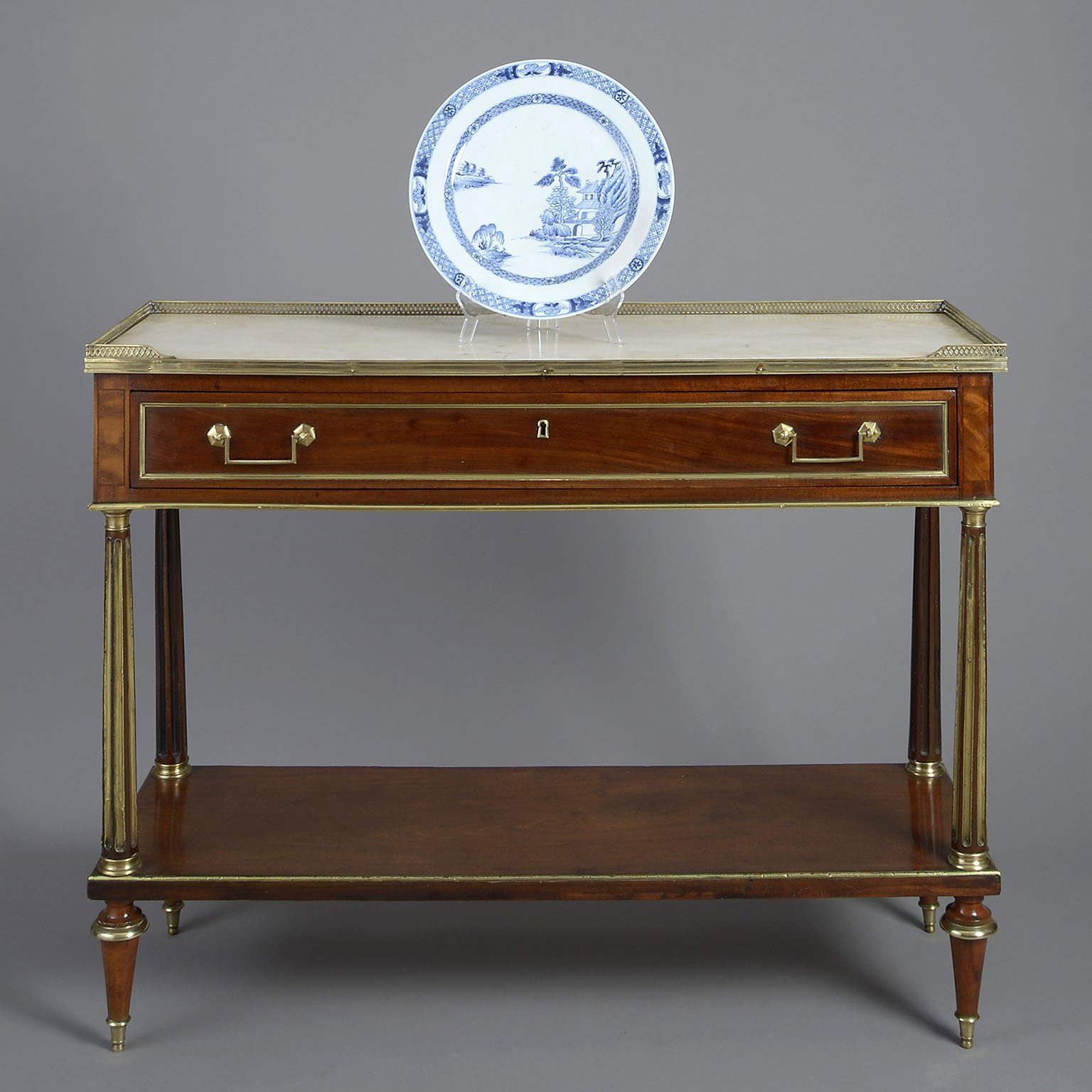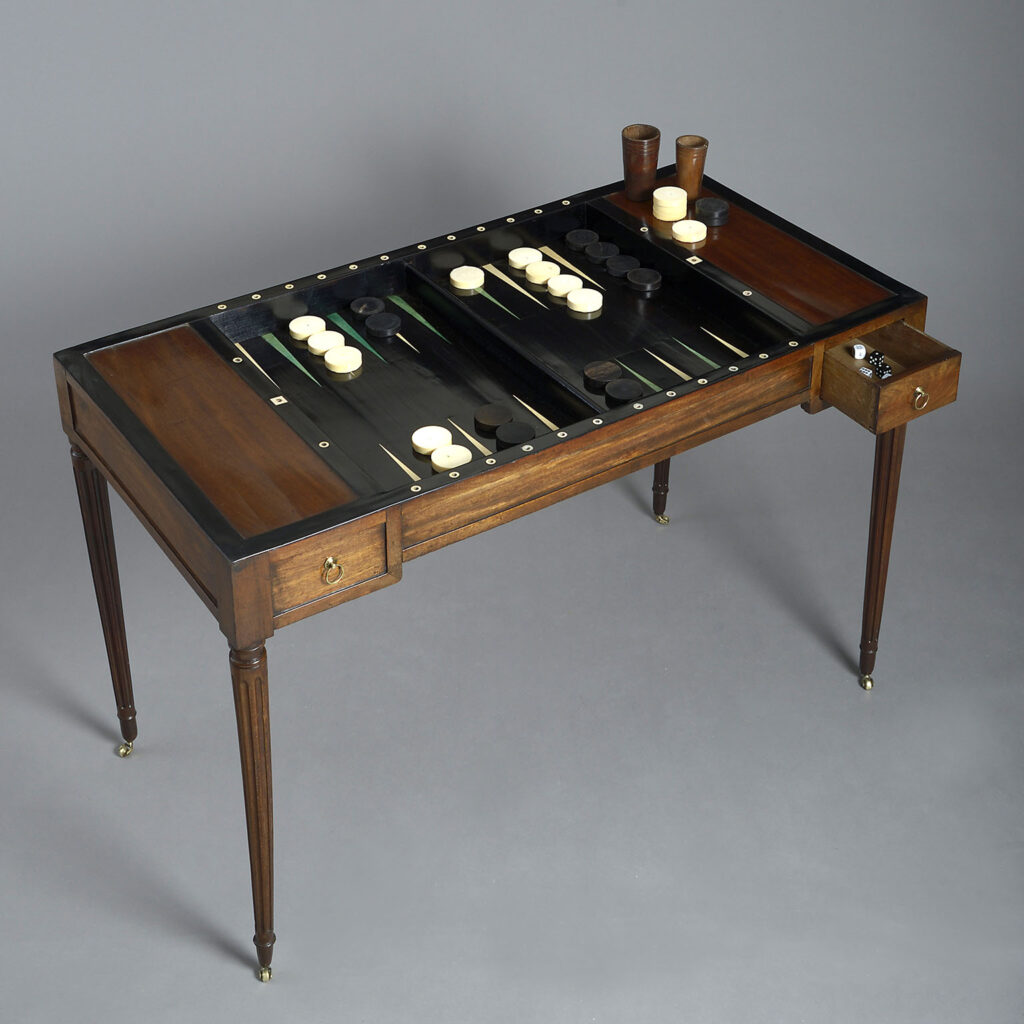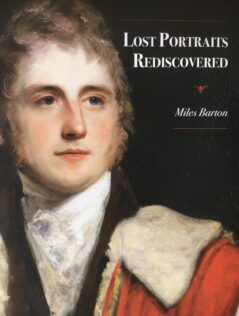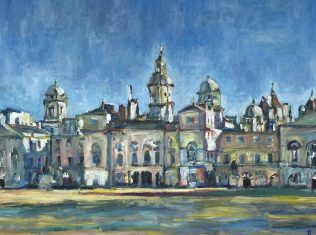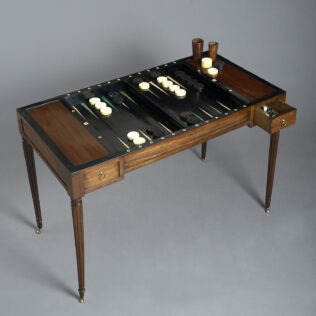Furniture
From Louis XV to the Empire Style: Three Changes in French Design
A Late Louis XVI Period Tric-Trac Table, France, circa 1790.
The period from the death of Louis XV (in 1774) to the fall of Napoleon (in 1815) stretches forty-one years; yet, in that relatively short time span, it is possible to trace the evolution of three significant shifts in French fashion and taste, reflecting the transition from aristocratic ancient régime to the self-made Empire of the first Napoleon.
The Louis XVI style (Louis Seize) developed as a reaction to the Baroque and Rococo styles of Louis XV, which had dominated French architecture and design since the mid-17th century. ‘Baroque’ and ‘Rococo’ were originally terms of unflattering criticism: baroque (possibly from the Portuguese, meaning ‘flawed pearl’), used by detractors to describe the ‘absurdly complex’, and ‘Rococo’ a term which first came into use in the 19th century, then dismissed as an overload of ‘twisted ornamentation’: both came to exemplify all that was best in grand 17th and 18th-century French design: both -rather theatrical – styles a very Catholic reaction to the more restrained Protestant North.
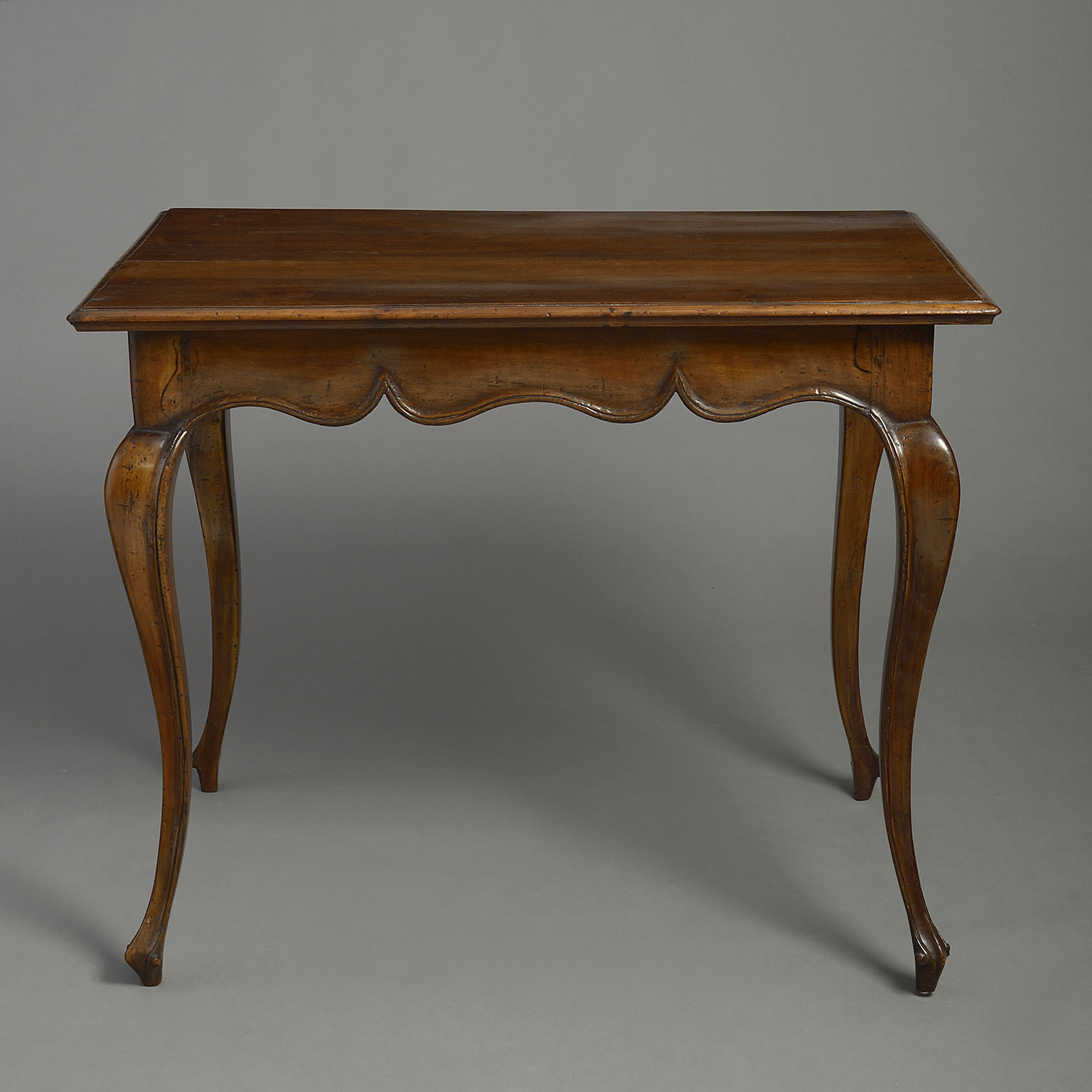
This charming country Louis XV centre table shows the influence of the Rococo style: with the scalloped edge of the apron (i.e. the front panel connecting legs and surface) and the curvy, rather animated ‘cabriole’ legs – full of movement, life and zest.
